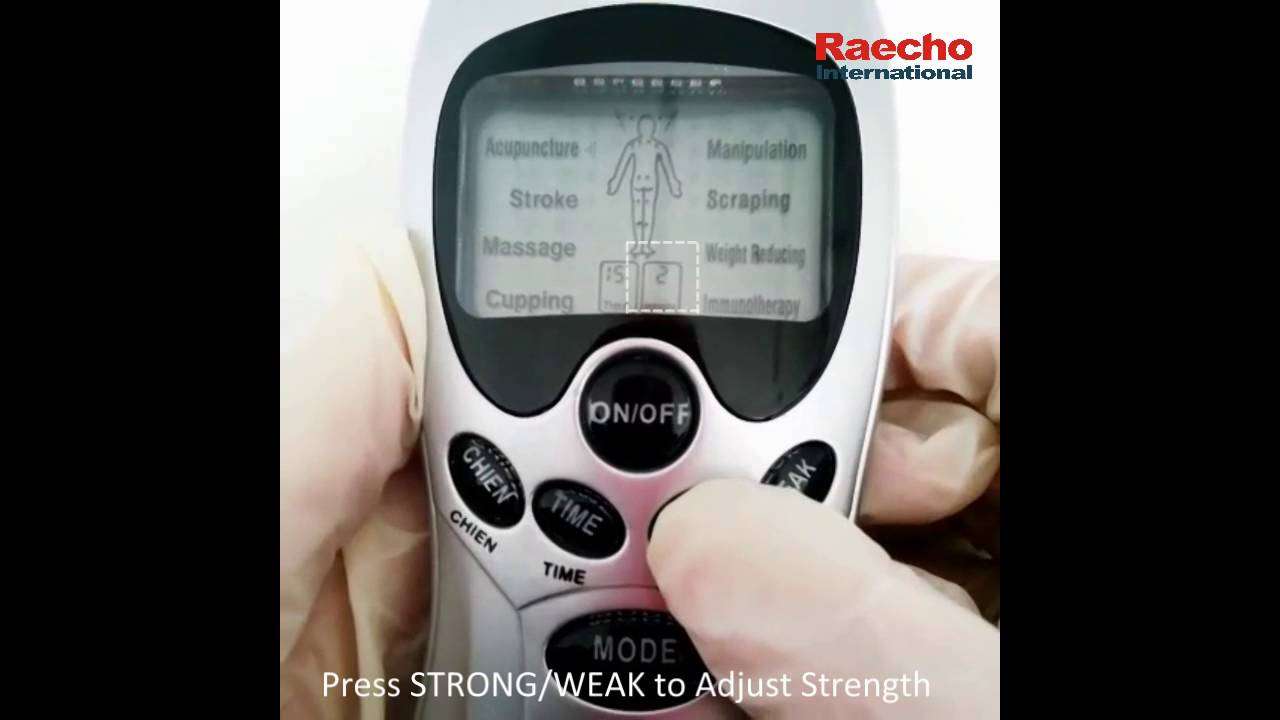
Free association is a practice in psychoanalytic therapy. In this practice, a therapist asks a person in therapy to freely share thoughts, words, and anything else that comes to mind. The thoughts need not be coherent. But it may help if they are authentic.
Who Developed Free Association?
Sigmund Freud was in the process of developing free association from 1892 to 1898. He planned on using it as a new method for exploring the unconscious. It would replace hypnosis in this respect. Freud claimed free association gave people in therapy complete freedom to examine their thoughts. This freedom would come, in part, from a lack of prompting or intervention by a therapist. Freud proposed the technique helped prevent three common issues in therapy:
- Transference. The process of transferring feelings one has for one person to a different person.
- Projection. The process of projecting one’s own qualities onto someone else.
- Resistance. The practice of blocking out certain feelings or memories.
How Does Free Association Work?
In traditional free association, a person in therapy is encouraged to verbalize or write all thoughts that come to mind. Free association is not a linear thought pattern. Rather, a person might produce an incoherent stream of words, such as dog, red, mother, and scoot. They may also jump randomly from one memory or emotion to another. The idea is that free association reveals associations and connections that might otherwise go uncovered. People in therapy may then reveal repressed memories and emotions.
Contemporary Free Association
Freudian free association is fairly uncommon in therapy these days. Even among neo-Freudians, the technique is not often used. But contemporary mental health practitioners might us a modified version of free association. They may ask someone in therapy to recall all the memories associated with a particular event. A person in therapy could be asked to share the first word that comes to mind after seeing a picture or write down all the thoughts they have at a certain time.
Criticism of Free Association
The main criticism of free association has been that people may overproduce associations. This can be caused by pressure from a therapist. Someone in therapy may struggle to say as many random words and thoughts as possible. Difficulty can occur even if the person is not actually thinking about these topics. Associations may also be random and unrelated to a person’s psyche. For example, someone may start by recalling a memory of their mother. They may remember song lyrics associated with the memory and then begin naming musical artists. This could create the appearance of associations and memories that do not actually exist.
References:
- Free association. (n.d.). Free Association. Retrieved from http://www.victorianweb.org/science/freud/fassociation.html
- Jones, J. (n.d.). About the free associations method. Retrieved from http://www.freudfile.org/psychoanalysis/free_associations.html
- Kring, A. M., Johnson, S. L., Davison, G. C., & Neale, J. M. (2010). Abnormal psychology. Hoboken, NJ: John Wiley & Sons.
Last Updated:07-2-2019
Free association — a tool used in psychoanalysis — aims to deepen your self-understanding by looking at whatever thoughts, words, or images come freely to your mind.

Share on Pinterest
We Are/Getty Images
During a free association session, your therapist may ask you to share anything that is on your mind, such as memories, words, images, or daydreams. What you say won’t always make sense, and that’s OK. The aim is to explore your inner world and look for patterns that come up.
In the 21st century, some neuroscientists have called the effectiveness of psychoanalysis and free association into question. Others still see its benefits, however, particularly for people willing and able to commit to long-term therapy.
What is free association therapy?
Upon hearing the phrases “free association” or “stream of consciousness,” some folks may call up images of a person lying on a couch — the therapist says “dog,” and the client responds “cat.” These images speak to free association’s roots as a key Freudian tool for psychoanalysis, a type of psychotherapy (talk therapy).
In current practice, however, free association tends to be more collaborative.
If your therapist asks you to freely associate in a session, they are giving you the opportunity to express whatever ideas, thoughts, and daydreams come to mind. It aims to access the unconscious mind.
Your therapist will most likely work to notice repeating patterns, symbols, and memories among your free-floating thoughts. Working together with your therapist, you might follow the clues of these associations to increase your self-understanding.
Free association is a way of trying to bring your inner world into the therapy office or tele-doc screen. Images from your past might come up and repeat in free association. How these connect to and influence the present might be something you and your therapist can explore over time.
Various types of therapy might use free association, including psychoanalytic therapy and psychodynamic therapy.
The history of free association therapy
Free association, a therapeutic method used to investigate the psyche, is a significant feature of psychoanalysis. The client is asked to express whatever is on their mind including memories, words, images, and daydreams, however random.
Starting with Freud
In the 19th century, psychoanalyst Sigmund Freud developed free association to help clients break through blocks caused by unconscious trauma and resulting defenses. In his early days of using free association, Freud would hypnotize clients, placing hands on their foreheads and asking them the first words that came to their minds.
He used free association to analyze dreams, slips of tongue, and obsessions. What’s of interest with this technique, even today, is not just the ideas clients express, but the movement between one idea and the other — the way certain ideas connect or get blocked.
Freud wanted to make the unconscious conscious, and free association was his way of doing this.
Free association therapy today
If you were to choose free association therapy today, it might be helpful to know that some things would look quite different from Freudian times:
- You might sit in a chair (not lie on a couch).
- Your therapist will sit in their own chair.
- You will likely be a conscious participant (not hypnotized).
- Therapy sessions are often structured around 50-minute time blocks.
- Therapists track the progress of sessions.
- Most likely, in free association, you will start talking using whatever words come to your mind.
Somewhat like in psychoanalysis, in psychodynamic therapy, free association is used to:
- get behind blocks and defenses
- understand the roots of current fears
- increase conscious understanding of emotions
What are the therapeutic uses of free association?
The freedom to speak unthinkingly, even randomly, may be helpful over time. Because you are the one directing the associations, you’ll be less likely to frame your thoughts in response to your therapist’s prompts or suggestions.
You also might find it freeing not to have to tie things together in a coherent story. Working with your therapist, you may discover, even stumble upon emotions and insights that you might otherwise edit out.
This freedom can help with:
- getting your inner world out into the open for you and your therapist to see and understand
- discovering surprising connections and buried emotions
- developing empathy and helping you open up with your therapist
- increasing your understanding of how your past impacts your future
- experiencing more freedom in relationships with fewer defenses
What else can free association help with and why?
Free association may allow you to connect to and understand past trauma, along with problems in past relationships.
In her discussion of how the “talking cure” works, clinical psychologist Seren Shah notes that some of its emphasis on the past can be time-intensive and upsetting. Still, she concludes it can be a valuable tool for developing awareness of emotions.
Understanding how the past influences the present might give you more choices in your current life. Feeling understood in the process may be helpful with releasing the anxiety and depression that can be symptoms of trauma.
What happens during free association?
Let’s say a client starts talking in therapy about the birthday cake he bought for his sister’s birthday that morning. Next, he remembers his cousin who died on his 12th birthday, after which event his family stopped throwing him parties. Maybe he mentions getting into a fight with his mother after visiting the bakeshop for his sister. Now he doesn’t feel up to the party he’s hosting for his sister later tonight.
These free associations might lead him with his therapist to question the anger he may feel towards his cousin for dying, or towards his family for giving up his birthday celebrations. Outside of therapy, he might censor this anger, fearing it to be unfair or inappropriate.
The goal of free association would be to release his anger in therapy. This would allow him to think and feel clearly about his sister’s party. And maybe plan a party for himself on his birthday.
Is free association therapy helpful?
A 2020 research review suggested free association might benefit both research and individual clients by:
- aiding understanding of how psychological changes take place during psychoanalysis and psychodynamic therapies
- strengthening the ego by bringing to light how the past affects the present
- undoing or disintegrating aspects of painful experience that no longer serve the client
A 2017 research review questioned whether psychoanalysis and free association are still relevant to psychiatry. Its benefits haven’t been confirmed by neuroscience or neuroimaging. Still, the author concluded, psychoanalysis will always be important for having taught therapists how to listen closely to life histories.
Shah and others believe that free association is helpful for aiding long-term self-understanding. Key facets which you might consider if you’re interested in free association therapy include:
- the need for an empathetic, listening therapist
- your own tolerance for, or willingness to explore, deep and sometimes raw self-expression
- your willingness and ability to commit to weekly sessions for up to a year or more
If you are having a mental health crisis or have relationship concerns that feel urgent, you may benefit from starting a different type of therapy specific to your current mental health needs before trying free association therapy.
Next steps
If you feel moved to explore your inner world and the continuing effects of the past, free association therapy may be what you’re looking for. Free association can lead you to some exciting insights and emotional release, priming you to make beneficial changes in your present life.
To find an empathetic, trustworthy therapist, you might start by checking:
- the American Psychoanalytic Association’s Find An Analyst tool
- Psych Central’s Find a Therapist resource
Trusted friends and healthcare professionals can also provide referrals.




